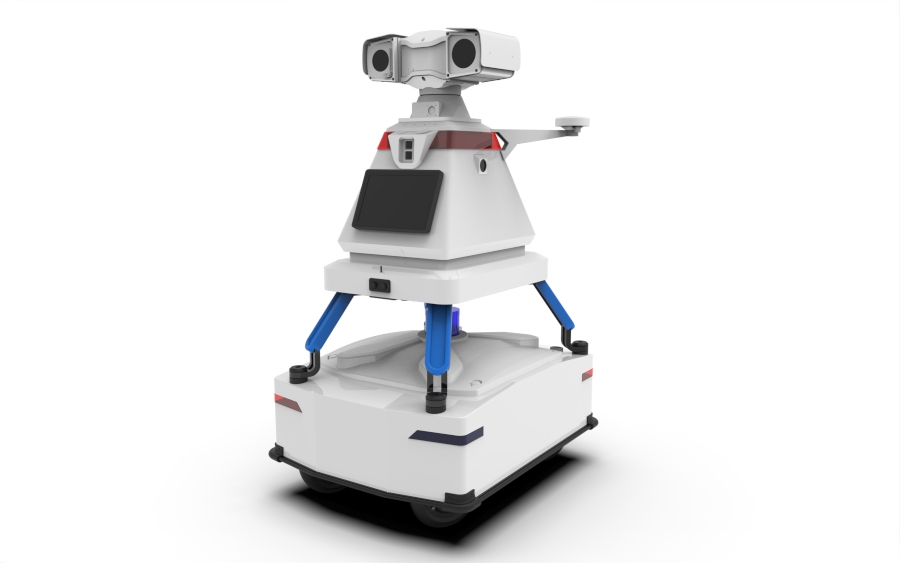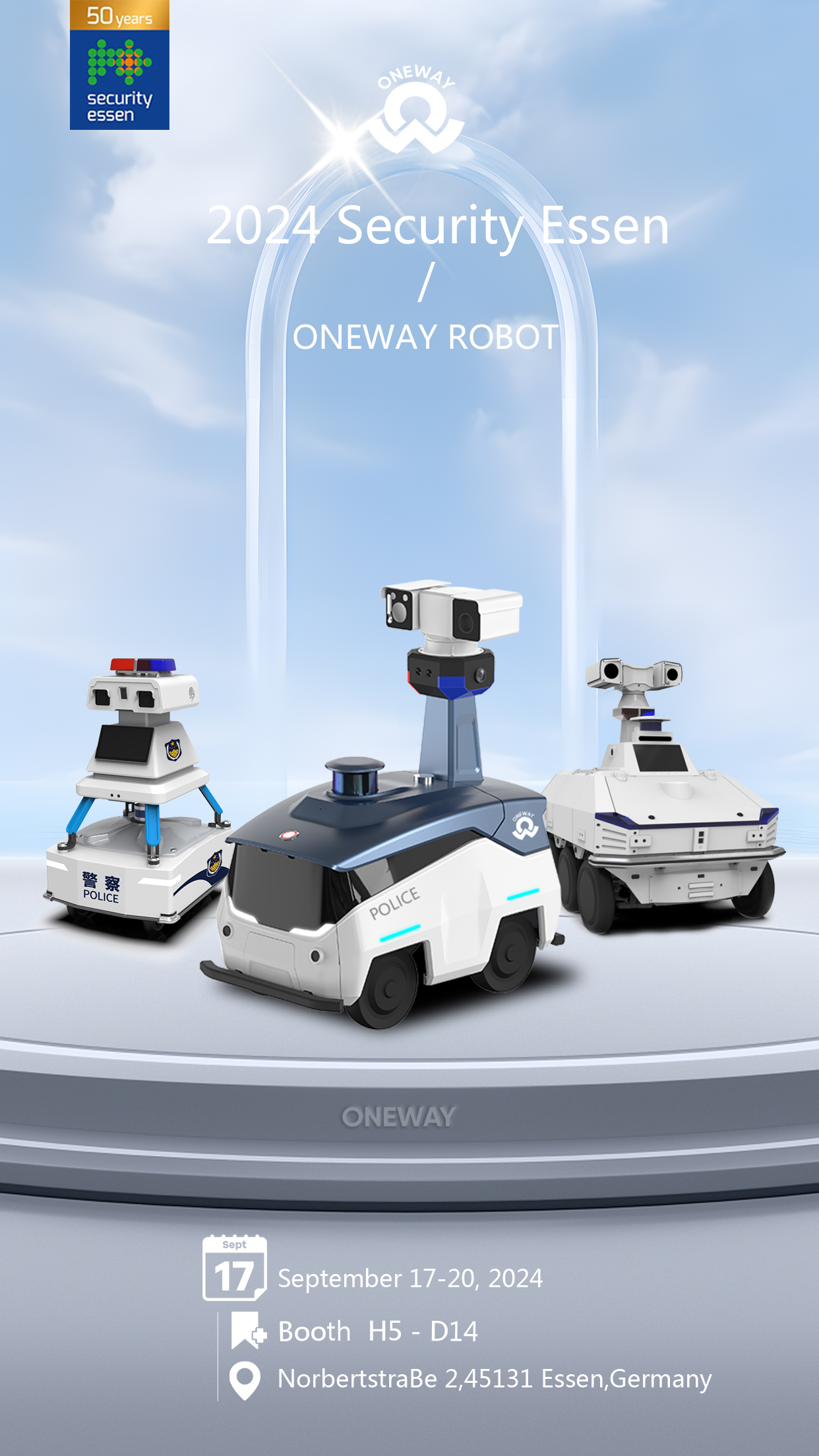
In recent years, the integration of robotics and artificial intelligence (AI) has sparked discussions across various industries. One such domain is security, where the potential of autonomous robots to revolutionize traditional security measures is being increasingly explored.
Autonomous robots are designed to operate independently, relying on AI algorithms to navigate and make decisions in real-time. These robots can be equipped with an array of sensors, cameras, and other detection technologies, enabling them to detect and respond to security threats effectively.
One of the primary advantages of autonomous robots in security is their ability to provide continuous surveillance without human intervention. Unlike human guards, robots do not suffer from fatigue or distractions, ensuring round-the-clock monitoring of premises and sensitive areas. This constant vigilance can significantly enhance security measures, especially in large facilities such as airports, warehouses, or industrial complexes.
Moreover, autonomous robots offer a high level of consistency and reliability in performing security tasks. They can patrol designated areas according to predefined routes or respond promptly to alerts generated by intrusion detection systems. This standardized approach minimizes the risk of human error and ensures adherence to security protocols consistently.
Furthermore, autonomous robots are capable of integrating with existing security systems, augmenting their capabilities and providing valuable insights through data analytics. By analyzing surveillance footage and sensor data, these robots can identify patterns, detect anomalies, and generate actionable intelligence for security personnel.
However, the adoption of autonomous robots in security is not without challenges and considerations. Privacy concerns regarding the deployment of surveillance robots in public spaces need to be addressed, ensuring that the benefits outweigh any potential infringements on individual privacy rights. Additionally, there are technical challenges such as ensuring robust cybersecurity measures to prevent unauthorized access or tampering with the robots’ systems.
Despite these challenges, the potential benefits of autonomous robots in security are compelling. As technology continues to advance and costs decrease, we may see a widespread adoption of these robots in various security applications, ranging from perimeter patrol to threat detection and response.
In conclusion, while the future of security may not be entirely robotic, autonomous robots are poised to play a significant role in complementing traditional security measures. Their ability to provide continuous surveillance, consistency, and integration with existing systems makes them a compelling option for enhancing security in an increasingly complex and dynamic environment.







